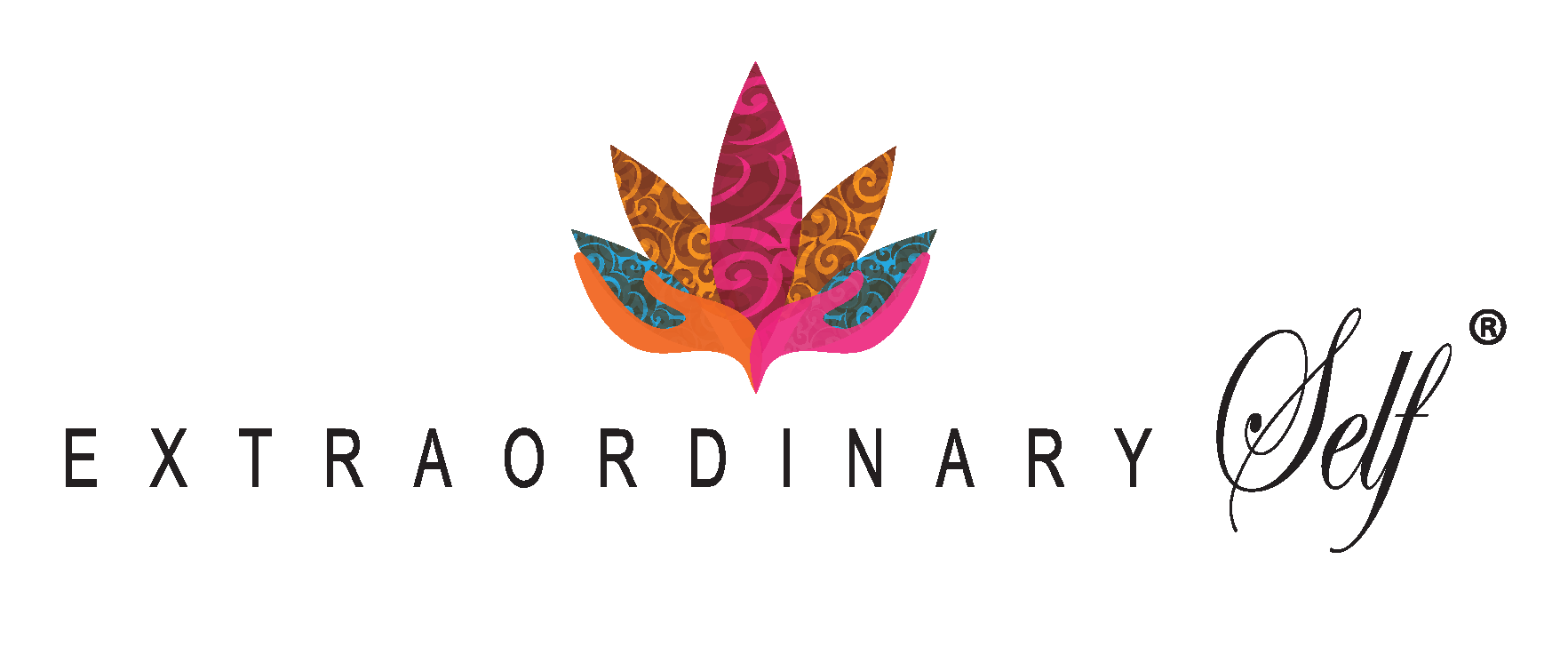BLOGS

Embracing the Present: The Power of Letting Go of the Past
In the intricate tapestry of human existence, our past often acts as both a comforting blanket and a heavy burden. Memories, experiences, and relationships shape the narrative of our lives, but they can also weigh us down, preventing us from fully embracing the beauty and potential of the present moment. Letting go of the past is a transformative journey, one that requires courage, self-reflection, and a willingness to release the chains that bind us to yesterday's struggles and regrets.
In this blog post, we will discuss the transformative power of embracing the present moment by letting go of the burdens of the past.
Understanding the Past
The past, often seen as a repository of memories and experiences, holds immense significance in shaping our identity and influencing our present thoughts and behaviours. From cherished moments to painful experiences, our past moulds our understanding of the world and ourselves. Exploring the nuances of the past allows us to comprehend its profound impact on our lives and appreciate the necessity of letting go to embrace the present fully.
1. The Significance of the Past in Shaping Identity:
Our past experiences, interactions, and upbringing contribute to the formation of our identity. From childhood to adulthood, the memories we accumulate and the lessons we learn shape our perceptions, beliefs, and values. Our cultural background, familial relationships, and personal triumphs and tribulations all contribute to the multifaceted mosaic of our identity. Understanding our past helps us recognize the roots of our beliefs and behaviours, providing valuable insight into who we are and how we navigate the world.
2. How Past Experiences Influence Our Present Thoughts and Behaviours
The tapestry of our past experiences weaves its threads into the fabric of our present reality. The lessons learned from past successes and failures influence our decision-making processes, shape our attitudes, and inform our responses to current challenges. Positive experiences may instil confidence and resilience, while traumatic events may trigger fear, anxiety, or distrust. Our past serves as a reservoir of knowledge, guiding our actions and shaping our perceptions of the world around us.
3. The Potential Drawbacks of Dwelling on the Past
While acknowledging the significance of the past, dwelling excessively on past events can impede our ability to live fully in the present. Ruminating over past mistakes or grievances may breed resentment, regret, and bitterness, hindering our capacity for growth and self-discovery. Holding onto past traumas or resentments can create emotional burdens that weigh heavily on our psyche, preventing us from experiencing joy, peace, and fulfilment in the present moment. The past, when clung to tightly, can become a prison, constraining our ability to embrace new opportunities and forge meaningful connections.
Letting Go: What It Means
Letting go is a transformative process that involves releasing attachment to past events, emotions, or outcomes. It does not imply erasing memories or denying the significance of past experiences; rather, it entails freeing oneself from the emotional entanglements that bind us to the past. Letting go requires a willingness to surrender control, acknowledge our vulnerabilities, and embrace the uncertainty of the present moment.
1. Defining the Concept of Letting Go:
At its core, letting go is an act of surrender—an acknowledgment of the impermanence of life and the futility of clinging to what has already transpired. It involves relinquishing the need for validation, closure, or vindication and embracing the fluidity of existence. Letting go does not signify weakness; rather, it reflects a profound understanding of the inherent ebb and flow of life.
2. Recognizing the Difference Between Remembering and Clinging:
Remembering the past is a natural and essential aspect of human consciousness—it allows us to preserve cherished memories and learn from past mistakes. However, clinging to the past involves fixating on specific events or emotions, refusing to release their grip on our present reality. While remembrance nurtures growth and reflection, clinging fosters stagnation and emotional turmoil. Recognizing this distinction empowers us to cultivate a healthier relationship with our past, one characterised by acceptance and detachment.
3. The Mental and Emotional Process of Releasing Attachment to the Past:
Letting go is not a linear process; rather, it unfolds gradually, requiring patience, self-compassion, and introspection. It involves confronting painful emotions, embracing vulnerability, and relinquishing the need for control. The journey of letting go is as much about releasing emotional baggage as it is about cultivating a sense of inner peace and liberation. Through mindfulness, self-reflection, and compassionate acceptance, we pave the way for healing and transformation, allowing ourselves to embrace the richness and possibility of the present moment.
Power of embracing the present moment
The transformative power of embracing the present moment lies in its ability to liberate us from the confines of past regrets and future anxieties. When we fully immerse ourselves in the present, we experience a profound sense of clarity and connection with ourselves and the world around us. In this state of mindfulness, we become attuned to the richness of life's experiences, finding beauty and meaning in even the simplest of moments. Embracing the present moment allows us to let go of the need for control and perfection, fostering a greater sense of acceptance and peace within ourselves. It empowers us to live authentically, to respond to life's challenges with resilience and grace, and to cultivate a deeper appreciation for the precious gift of existence. Through the practice of embracing the present moment, we unlock the door to transformation, finding liberation and joy in the here and now.
The Path Forward
In the tumultuous journey of life, there exists a powerful beacon of solace and potential—the present moment. Embracing the present isn't just a philosophical notion; it's a transformative practice that liberates us from the shackles of the past and the anxieties of the future. Let’s delve into the path forward towards embracing the present, highlighting key steps and insights along the way.
1. Acknowledging the Past:
Before we can fully immerse ourselves in the present, it's essential to acknowledge and make peace with the past. This involves recognizing the impact of past experiences, both positive and negative, and understanding how they've shaped our present reality. By embracing our past with compassion and understanding, we pave the way for genuine growth and transformation.
2. Releasing Burdens:
One of the most liberating aspects of embracing the present is the act of releasing burdens carried from the past. Whether it's old grudges, regrets, or self-limiting beliefs, these burdens weigh heavily on our shoulders, preventing us from fully experiencing the richness of the present moment. Letting go is a gradual process that requires courage and self-reflection, but the rewards are immeasurable.
3. Practising Mindfulness:
Mindfulness serves as a powerful tool for cultivating presence and awareness in our daily lives. By focusing our attention on the present moment, we become attuned to the sights, sounds, and sensations that surround us, fostering a deep sense of gratitude and appreciation for life's simple pleasures. Through mindfulness practices such as meditation, yoga, or mindful breathing, we learn to quiet the noise of the mind and connect more deeply with ourselves and the world around us.
4. Navigating Challenges:
Embracing the present doesn't mean turning a blind eye to life's challenges; rather, it's about facing them with courage and resilience. The path forward is often fraught with obstacles and setbacks, but it's in these moments of adversity that our true strength and character are revealed. By approaching challenges with an open heart and a growth mindset, we transform obstacles into opportunities for learning and growth.
5. Cultivating Connection:
Human connection lies at the heart of embracing the present. Whether it's spending quality time with loved ones, engaging in meaningful conversations, or fostering a sense of community, these connections enrich our lives and deepen our appreciation for the present moment. By cultivating empathy, compassion, and kindness towards others, we create a ripple effect of positivity and connection that extends far beyond ourselves.
6. Embracing Impermanence:
An essential aspect of living in the present is recognizing the transient nature of life. Embracing impermanence allows us to let go of attachments to outcomes and expectations, fostering a greater sense of acceptance and peace. By acknowledging that change is inevitable, we can fully embrace each moment as it arises, cherishing the beauty of the present without clinging to the past or worrying about the future.
7. Practising Self-Compassion:
In our journey to embrace the present, it's crucial to extend the same compassion and understanding to ourselves as we do to others. Self-compassion involves treating ourselves with kindness and empathy, especially during times of difficulty or self-doubt. By cultivating a sense of self-compassion, we can break free from the cycle of self-criticism and perfectionism, allowing ourselves to fully experience the present moment with openness and authenticity.
8. Living with Intention:
Finally, embracing the present is about living with intention and purpose. Rather than passively drifting through life, we have the power to make conscious choices that align with our values and aspirations. Living with intention involves clarifying our priorities, setting meaningful goals, and taking deliberate action towards creating the life we desire. By infusing each moment with intentionality, we can cultivate a deeper sense of fulfilment and meaning in our lives.
Conclusion
In conclusion, letting go is not about forgetting or denying the past, but about honouring our experiences and using them as stepping stones towards a brighter tomorrow. It's about embracing the full spectrum of human emotion, from joy and gratitude to sorrow and regret, and allowing ourselves to be fully present in each moment, unencumbered by the chains of yesterday's struggles and regrets.
As we embark on this journey of self-discovery and transformation, may we find the courage to let go of the past and embrace the beauty and potential of the present moment. For it is in letting go that we truly find freedom, liberation, and the infinite possibility of a life well-lived.
FAQs
1. Why is it important to let go of the past?
Letting go of the past is essential for freeing ourselves from emotional burdens, such as regrets, resentments, and self-limiting beliefs, that hinder our ability to fully embrace the present moment and move forward with clarity and purpose.
2. How does the past influence our present thoughts and behaviours?
Our past experiences shape our perceptions, beliefs, and behaviours in the present. Positive experiences can instil confidence and resilience, while negative ones may lead to fear, anxiety, or self-doubt. Understanding this influence helps us navigate the present with greater self-awareness and insight.
3. What does it mean to embrace impermanence?
Embracing impermanence involves acknowledging the transient nature of life and letting go of attachments to outcomes and expectations. By accepting that change is inevitable, we can fully embrace each moment as it arises, fostering a greater sense of acceptance and peace within ourselves.
